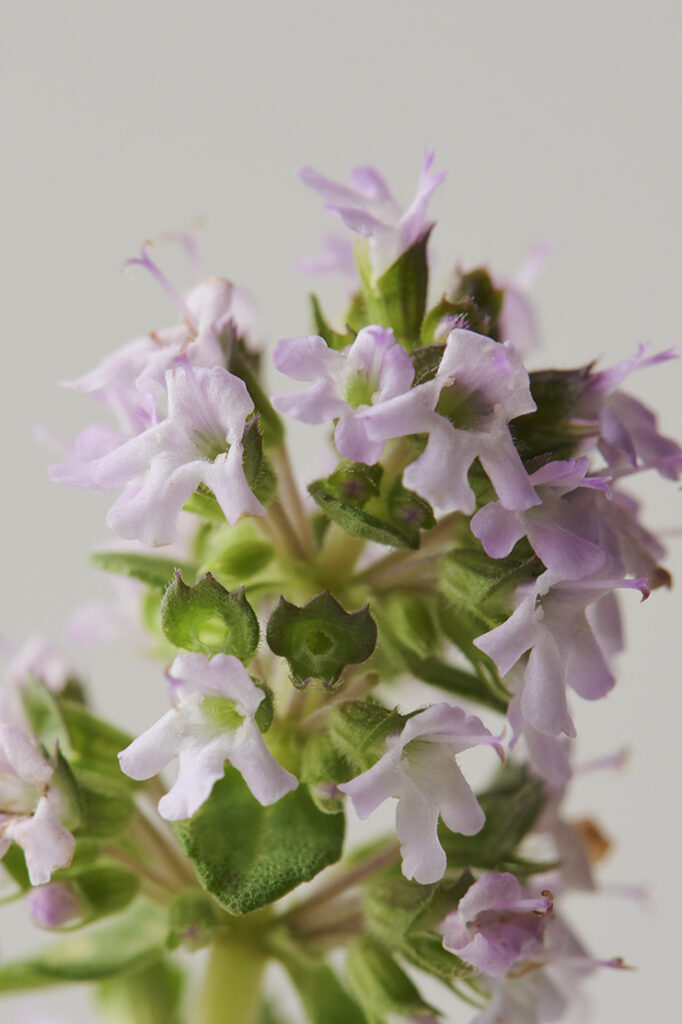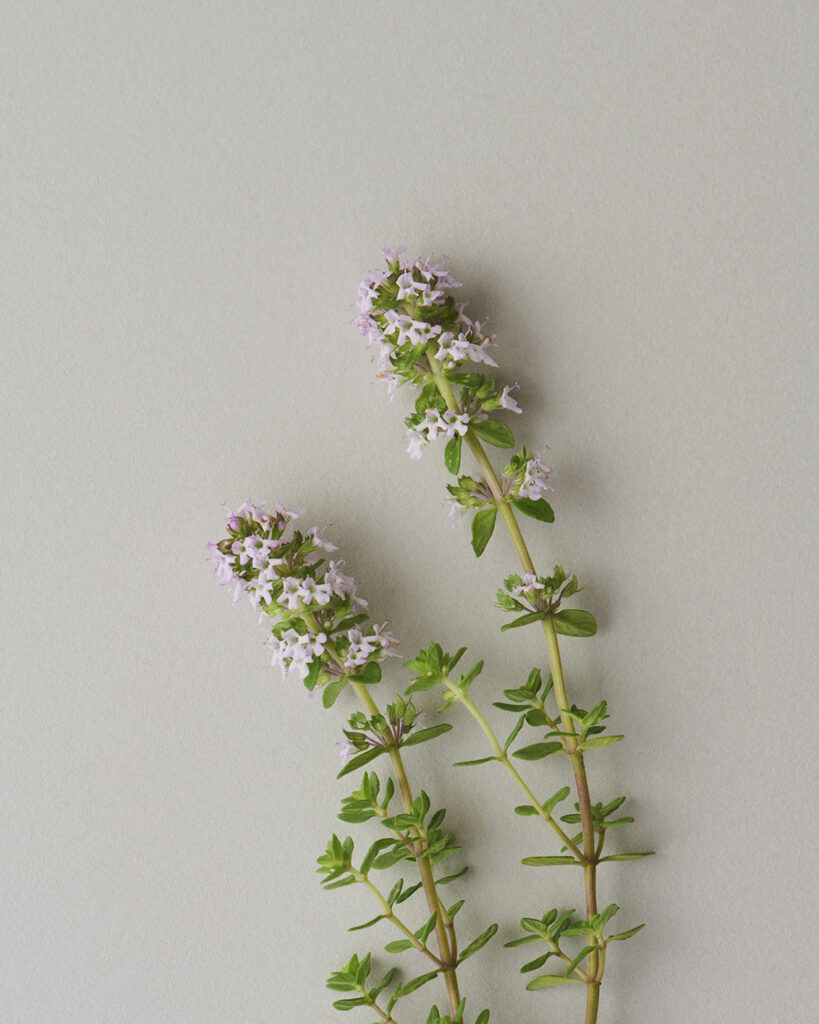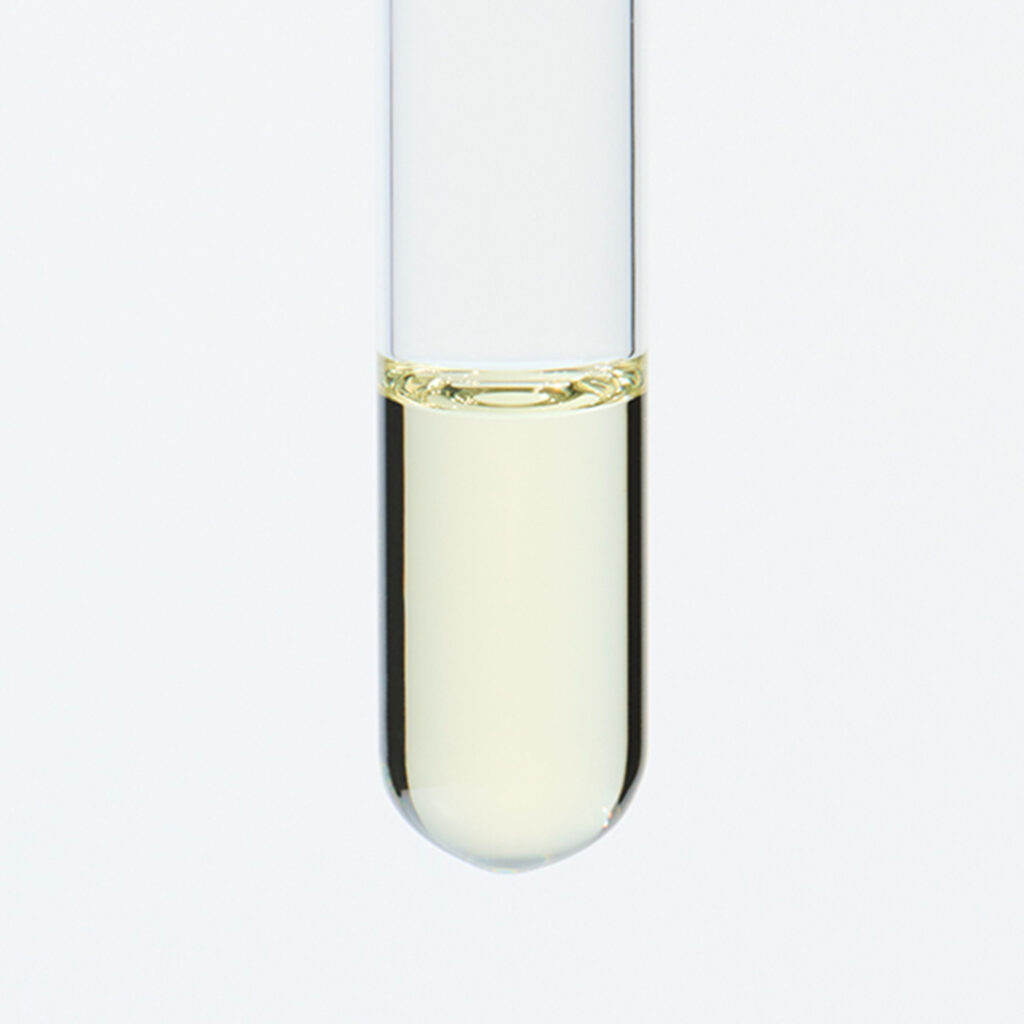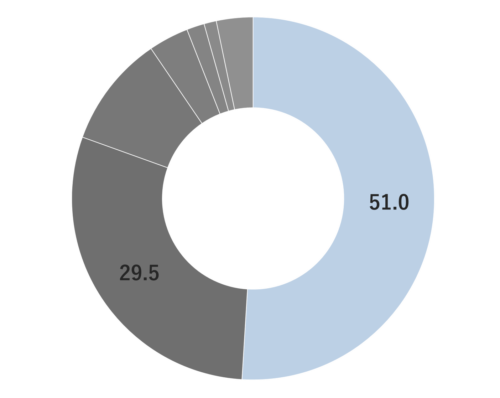Thyme is a perennial plant belonging to the Lamiaceae family and grows up to 30 cm featuring white to light and reddish-purple flowers. Its slender branches are densely covered with leaves that emit a strong and aromatic scent. The name “thyme” has its origins in the Greek word “thumos/thymos,” which means “perfume”, a testament to the plant’s fragrant nature. Additionally, thyme is recognized as a “symbol of courage,” leading to an alternative theory that the name might be linked to the Greek word “thumus,” meaning “courage.”Thyme exhibits a robust antimicrobial effect, adding to its historical significance. It is known for its adaptability to various environmental conditions, making it capable of thriving in a wide range of regions. Originated in Europe, it is said to have brought by the Romans and is now grown world-wide, such as the UK, the US and France.




